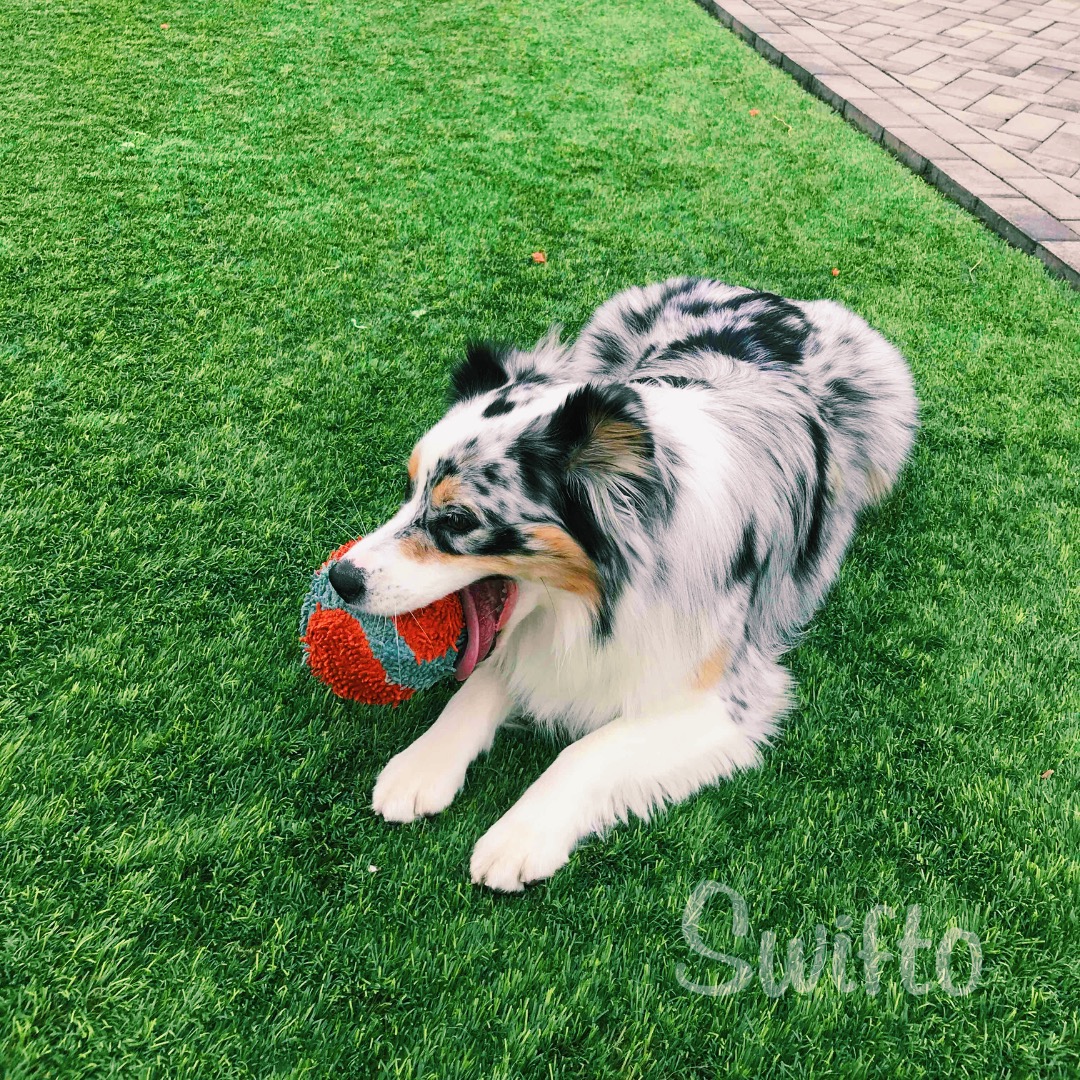Even a short walk in New York can lead to unforgettable memories and premium people-watching. However, the bustling city can sometimes overwhelm our dogs. Additionally, dog owners can find the numerous rules and regulations in New York City confusing, turning a walk into a hassle. Here are some of the most useful miscellaneous dog tips for living in New York City, courtesy of Swifto Dog Walking.
Essential Dog Walking Tips
Know Your Distances: One mile is equivalent to 16-20 street blocks or 8-10 avenue blocks. Keep this in mind while walking your dog. Five blocks might seem like nothing to you, but it’s equivalent to a quarter of a mile. Your dog may need more rest from block to block than just waiting for the light to change.
Avoid Retractable Leashes: Their locking mechanisms can fail, leading to potential hazards. Moreover, New York City leash laws dictate leashes be 6 feet long or shorter. Long retractable leashes are not practical in the city.
Mind the Green Spaces: Not all green spaces are dog-friendly. Keep your dog on a leash in all parks, and only let them off-leash in designated dog runs. Pay attention to signs, as some paved parks have specific dog-friendly zones. Always keep your dog out of flower beds.
Street Safety: Always scan the street for snacks and broken glass. Keep a foot radius between your dog and food carts whenever possible, as there are almost always scraps or grease on the sidewalk nearby.
Traffic Awareness: Teach your dog to come when called to prevent them from chasing cars. Practice calling your dog’s name and rewarding them with a treat. If they become curious about traffic, call them away and reward them.
Summer Heat: Walk in the shade and bring your dog to a shady area while waiting to cross the street. Your dog can get very hot in the summertime; imagine walking around with a fur coat and no shoes on blacktop.
Winter Safety: Avoid manhole covers, lamp posts, and anything electrified, especially during winter months. New York City's utility company, Con Edison, cannot always guarantee that electrified metal surfaces will not carry stray current during winter. Salt used to melt snow can corrode wires, sometimes leaving them bare. If your dog suddenly yelps or screams while walking, move them away immediately.
Protective Footwear: Buy your dog some footwear for different weather conditions. Snow and salt can hurt paws in the winter, and broken glass is harder to see on rainy days.
Keep Calm and Walk On
Dog lovers, don’t let this list seem intimidating. Once you’ve mastered these basics, they’ll become second nature to you and your dog. With practice, your dog will become an expert at walking on a short leash, coming when called, and ignoring street snacks, making them the picture of obedience—even in cities with more relaxed rules.
How Swifto Can Help
At Swifto, we understand the unique challenges of walking a dog in New York City. Our professional dog walkers are well-versed in the city's regulations and are skilled at ensuring your dog's safety and enjoyment. To schedule dog walking services in Battery Park City, click here. Let us help you and your dog navigate the vibrant streets of New York with confidence.


